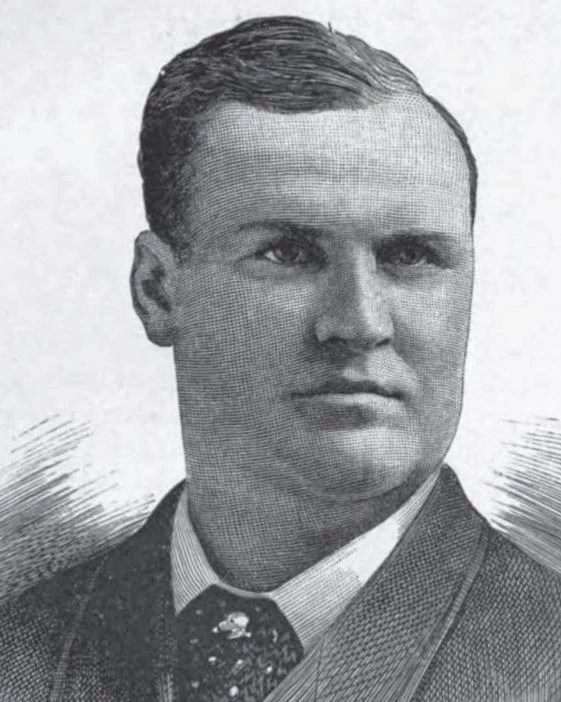Last updated: August 21, 2024
Person
Paul Vandervoort

History Nebraska
Early Years
Paul Vandervoort, a man of determination and courage, was born to a middle-class family on July 12, 1846, in Clinton County, Ohio. In a bold move that would shape his future, he falsified his age and enlisted in the 68th Illinois Infantry, a 3-month regiment that played a crucial role in defending Washington DC at the start of the Civil War in 1861. This was just the beginning of his remarkable journey.
Civil War
Vandervoort returned home after his 3-month term expired, but later re-entered the war effort by enlisting in Co. M, 16th Company M 16th Illinois Cavalry in 1863. Though the regiment included many recruits, several companies held men from various independent companies who had seen action in the Western theater at places like Shiloh, the Siege of Corinth, and Chickasaw Bayou. After formally mustering into Federal service in late June of 1863, the regiment was assigned to serve in the Army of the Ohio that was spread throughout Central Kentucky before embarking on the East Tennessee Campaign from Camp Nelson on August 16, 1863.
Along the way, Vandervoort’s regiment stopped at Camp Nelson to refit, supply, and prepare for the long ride ahead to the Cumberland Gap and Knoxville. After a few days, the regiment moved south. Upon reaching Cumberland Gap, Vandervoort’s battalion, under Major Charles H. Beeres, was assigned the important duty of garrisoning the position. For the next several weeks, Vandervoort's battalion would bear the full weight of mountain warfare, a grueling and relentless battle that tested man and beast's physical and mental endurance. This was a stark reminder of the harsh realities of the Civil War.
In early January 1864, the garrison at the Gap fell to just under 600 men, prompting Confederate Brigadier General William E. “Grumble” Jones to move his roughly 2,000-mounted force towards the gap to capture it.Upon learning this, US commanders ordered Beeres’s battalion to move forward toward Jonesville, Virginia, where it was rumored that Jones’s men were. The attack was partly to help delay Jones’s advance long enough for reinforcements to reach the outnumbered defenders. Beeres’s force included the third battalion and portions of other companies within the 16th and a detachment from the 22nd Ohio Light Artillery Battery, which numbered roughly 400 men.
On January 2, 1864, US forces soon moved into Jonesville, surprising a force defending the town from Colonel Auburn Pridemore’s Confederate Cavalry. Unbeknownst to them, Jones had arrived in the area and was poised to attack their camp the following morning. Early on January 3rd, Jones’s command launched a surprise attack upon the Federal defenses and quickly broke their picket lines. After reorganizing his men, Beeres’s force held out for most of the day until they realized they were surrounded. Among those to become prisoners was Vandervoort.
As prisoner-of-war (POW), Vandervoort was incarcerated at several sites, including the notorious Andersonville in Georgia and Belle Isle and Libby Prison in Virginia. 19 troopers of Co. M perished at the Confederate POW camps.
Post War
Following the war, Vandervoort became an avid public servant, working in politics in Illinois and later Nebraska. He became a chief clerk for the railroad mail service and an assistant manager for the Cuban Land and Steamship Company. He also became a leader within the Populist Party, a new wave of political interest focused on more agrarian policies. However, his work within the Grand Army of the Republic (GAR), the powerful Union Army Veterans organization, brought national recognition. He helped reorganize the Nebraska department and eventually became the 11th GAR Commander in Chief--the first enlisted man to do so. His work within the organization prompted him to help establish the US colony La Gloria in Cuba, a significant hub for Civil War veterans seeking to start new lives as citrus farmers after the Spanish-American War in 1898.
Vandervoort would not live to see La Gloria grow since he passed away in 1902, and the colony eventually failed not long after.
